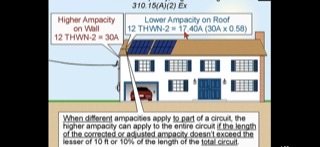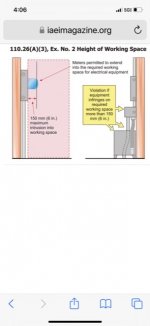Llortus
Member
- Location
- Beaver, PA
- Occupation
- Retired Electrician/Lineman
Long time lurker, first time poster. My electrical experience has not spent much time in the commercial/industrial world other than fire/security alarm installs when in the Air Force.
A friend of mine owns a warehouse that had a section of roof fail. Along this section of roof runs a 3" conduit that carries majority of circuits from a 40 space panel. All the original work seems to of been done in a very workman like manner, would be willing to bet a "mill electrician" did the work as there are some copper crimps covered by rubber boots in some of the junction boxes; seems they chose to use 3" conduit to place all of the electric panels on same wall, avoiding sub panels in the building.
My friend has asked me to give him a bid on repairing damaged electric and high bay lights so he can use the space now that roof has been replaced. I asked him if his insurance policy had a clause in it that would repair to current code compliance? He asked me to provide a quote as though it does. Now I'm feeling the job may be more than I want to chew off.
There is an inspection sticker on the service that shows it was inspected, does this mean that the AHJ approved the 21+ conductors in the 30+ feet of 3" conduit was ok, no further derating required, the wire on the 20amp breakers appears to be 12 AWG Stranded THWN. I counted 21 wires coming out of the 3" conduit in the pull box 30' away from the one you see in the upper right of the first picture. The roof collapse fortunately only damaged the conduit on the top of the pull box.
He is a friend, so I would prefer not to just walk away. Hopefully your guidance will at least confirm my concerns or perhaps provide me an exception that existed in 1989 when I'm guessing electrical was upgraded from original 1950's install. (Still waiting to find conduit against roof that has been pierced by the self tapping screws the roofers used.)
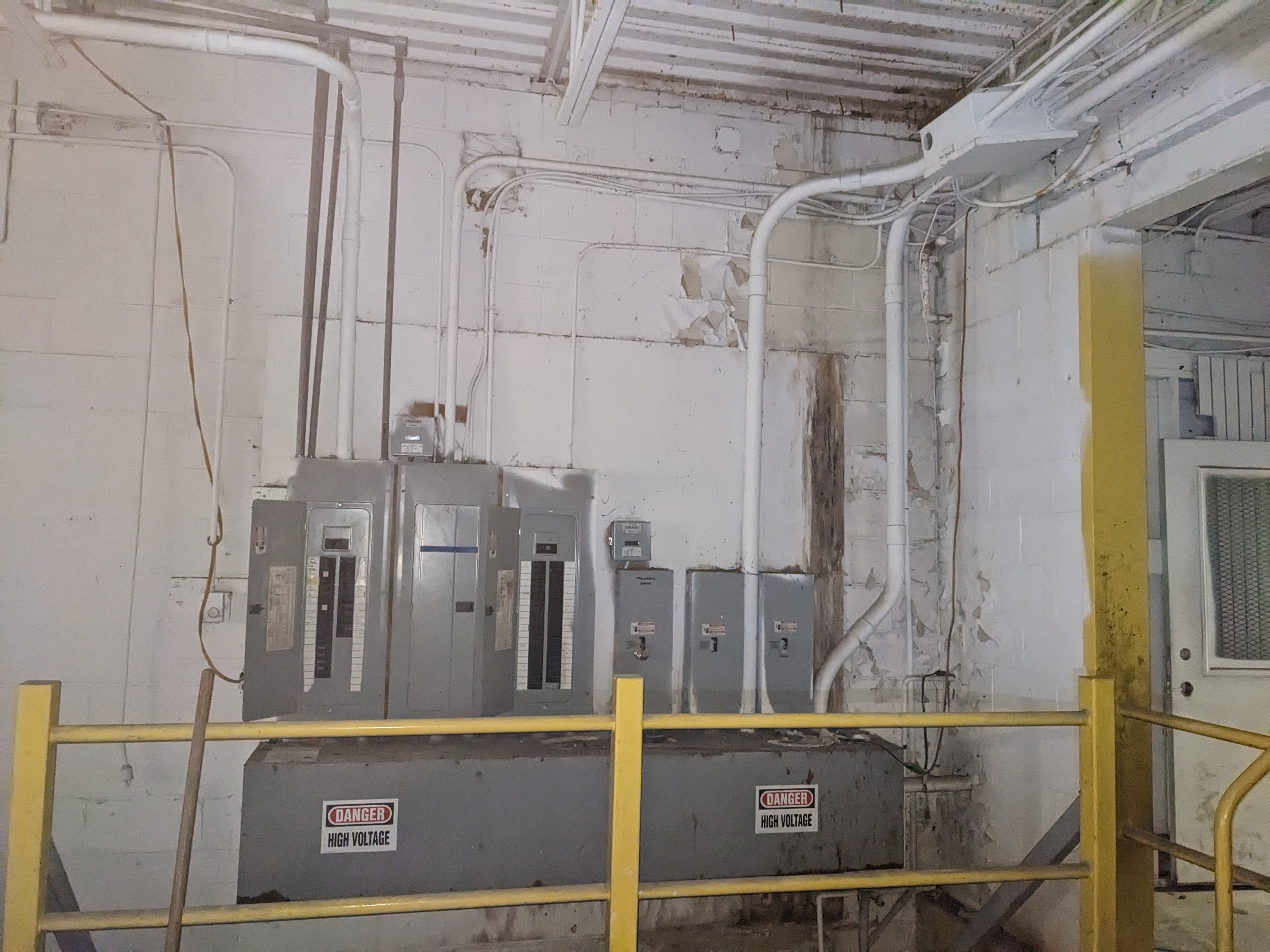
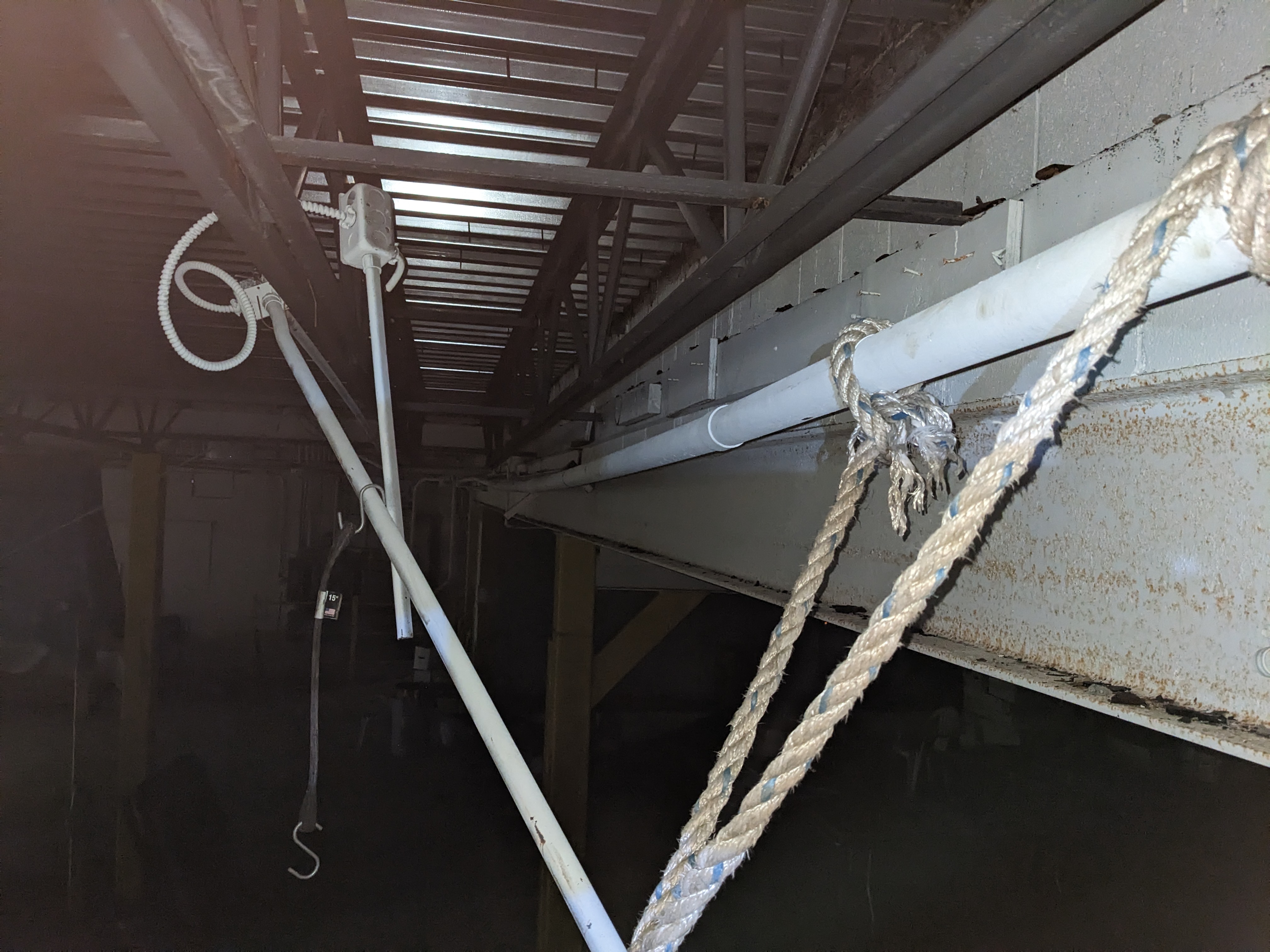
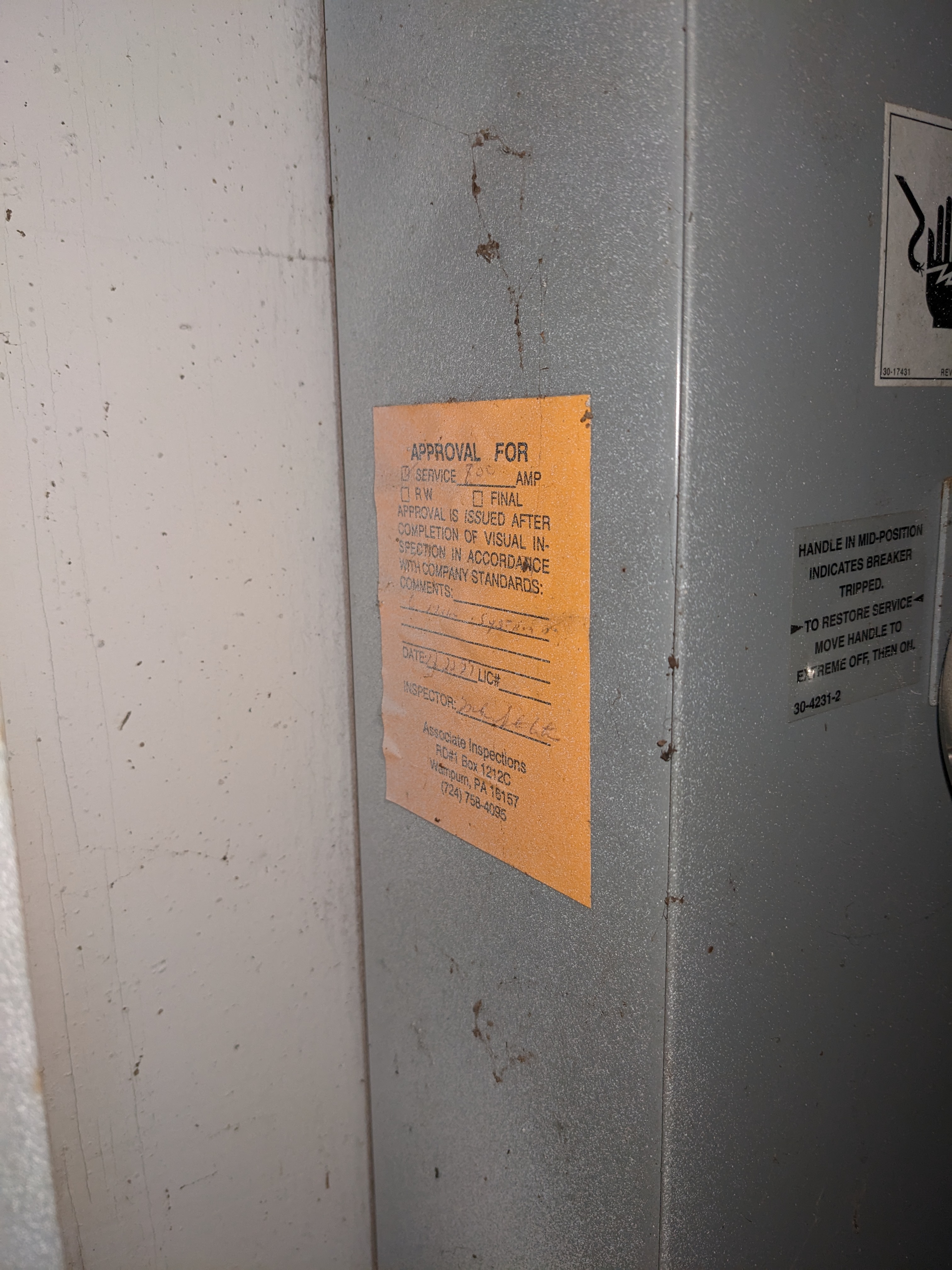

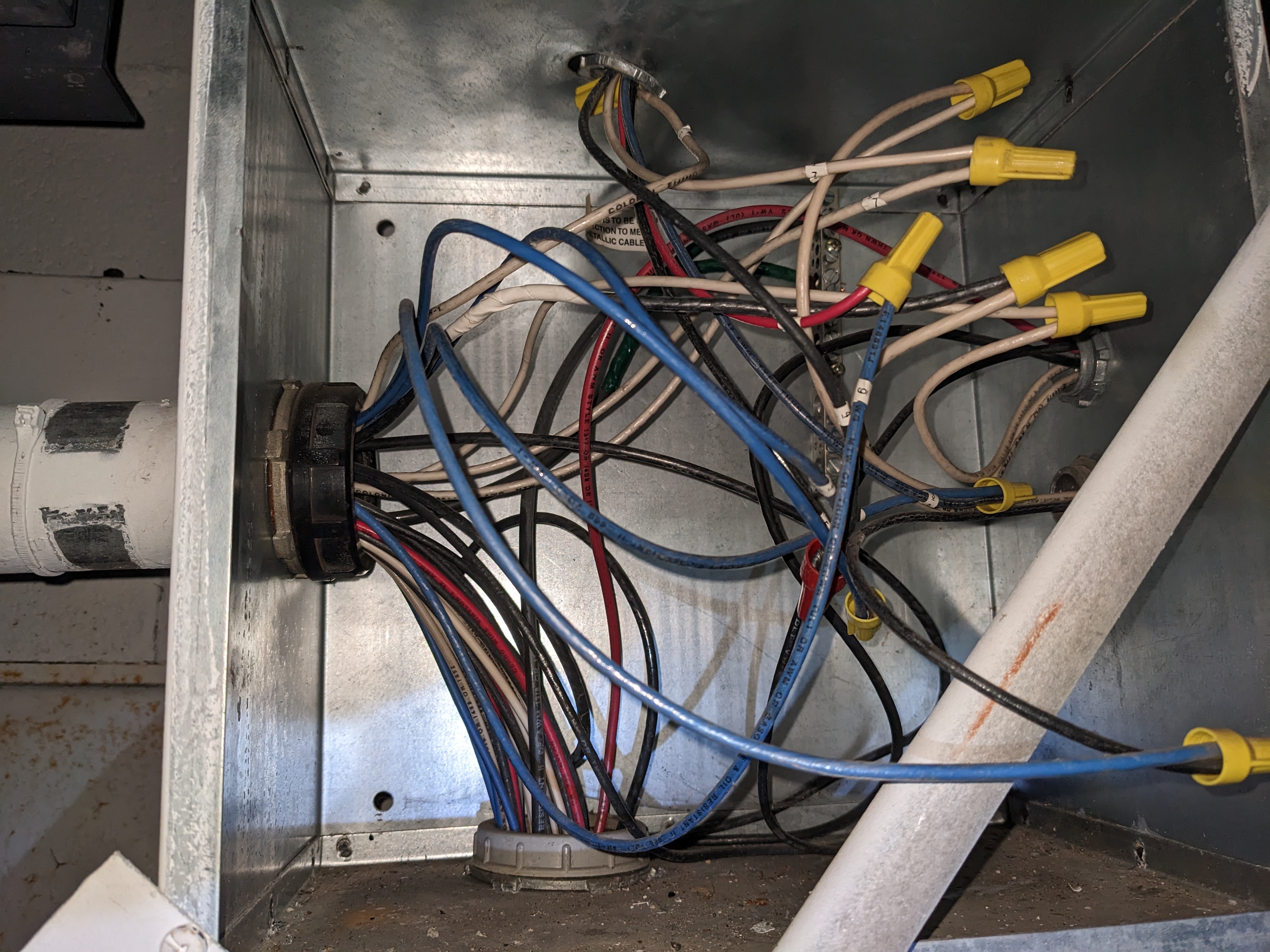
A friend of mine owns a warehouse that had a section of roof fail. Along this section of roof runs a 3" conduit that carries majority of circuits from a 40 space panel. All the original work seems to of been done in a very workman like manner, would be willing to bet a "mill electrician" did the work as there are some copper crimps covered by rubber boots in some of the junction boxes; seems they chose to use 3" conduit to place all of the electric panels on same wall, avoiding sub panels in the building.
My friend has asked me to give him a bid on repairing damaged electric and high bay lights so he can use the space now that roof has been replaced. I asked him if his insurance policy had a clause in it that would repair to current code compliance? He asked me to provide a quote as though it does. Now I'm feeling the job may be more than I want to chew off.
There is an inspection sticker on the service that shows it was inspected, does this mean that the AHJ approved the 21+ conductors in the 30+ feet of 3" conduit was ok, no further derating required, the wire on the 20amp breakers appears to be 12 AWG Stranded THWN. I counted 21 wires coming out of the 3" conduit in the pull box 30' away from the one you see in the upper right of the first picture. The roof collapse fortunately only damaged the conduit on the top of the pull box.
He is a friend, so I would prefer not to just walk away. Hopefully your guidance will at least confirm my concerns or perhaps provide me an exception that existed in 1989 when I'm guessing electrical was upgraded from original 1950's install. (Still waiting to find conduit against roof that has been pierced by the self tapping screws the roofers used.)







